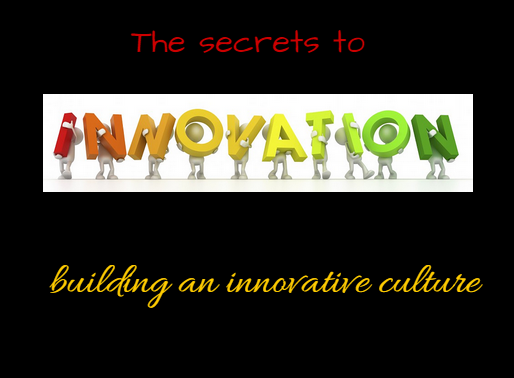Tag: examples of innovation

3M Innovation Business … 11 Principles That Are Daring and Unbeatable
What do you think: are innovators born or made? Surely, those who spawn ideas that change the world are special – different than the rest of us. Take one look at an Einstein, a Steve Jobs or a Da Vinci and it seems that they were bequeathed with something unique. Or at least solid knowledge…

What is Innovation … 8 Facts to Know About the Innovation Continuum
A mind is like a parachute. It doesn’t work if it is not open to new ideas. What is innovation to you? Thinking about improving the adaptation of your business to the changing elements around you? You have a large innovation continuum that you should consider. Where is your focus? Invention? Innovation? Creativity? Or maybe…